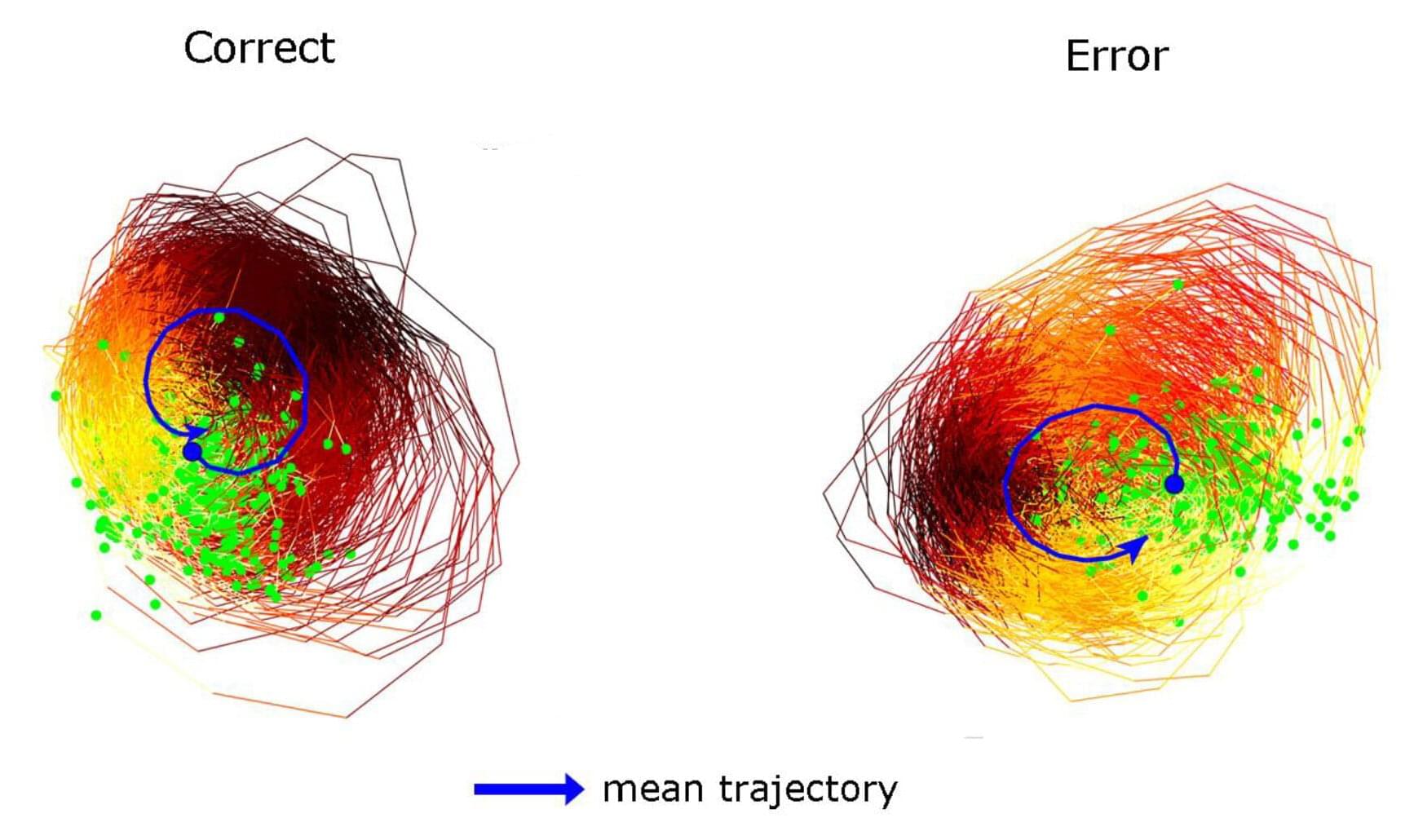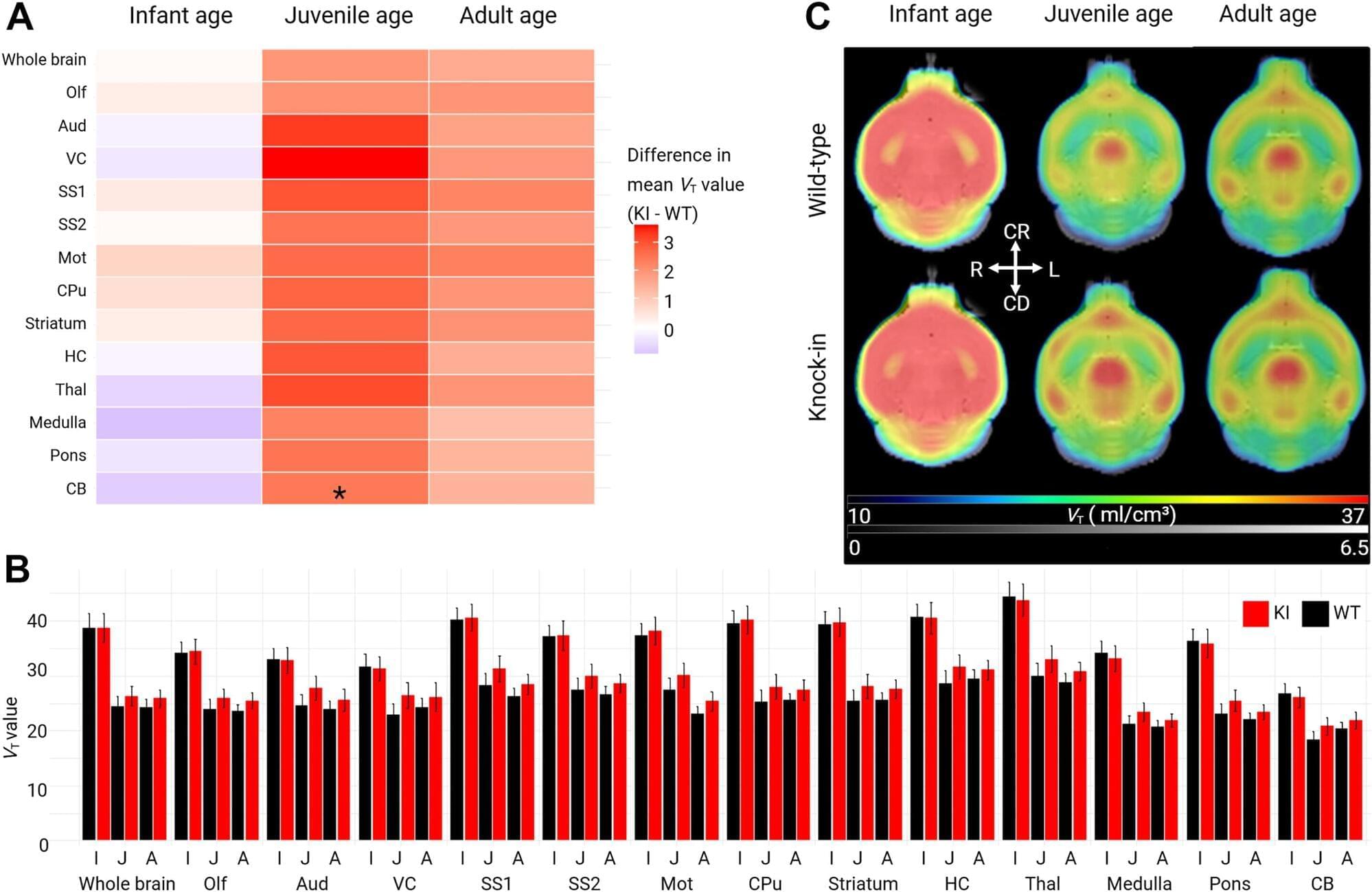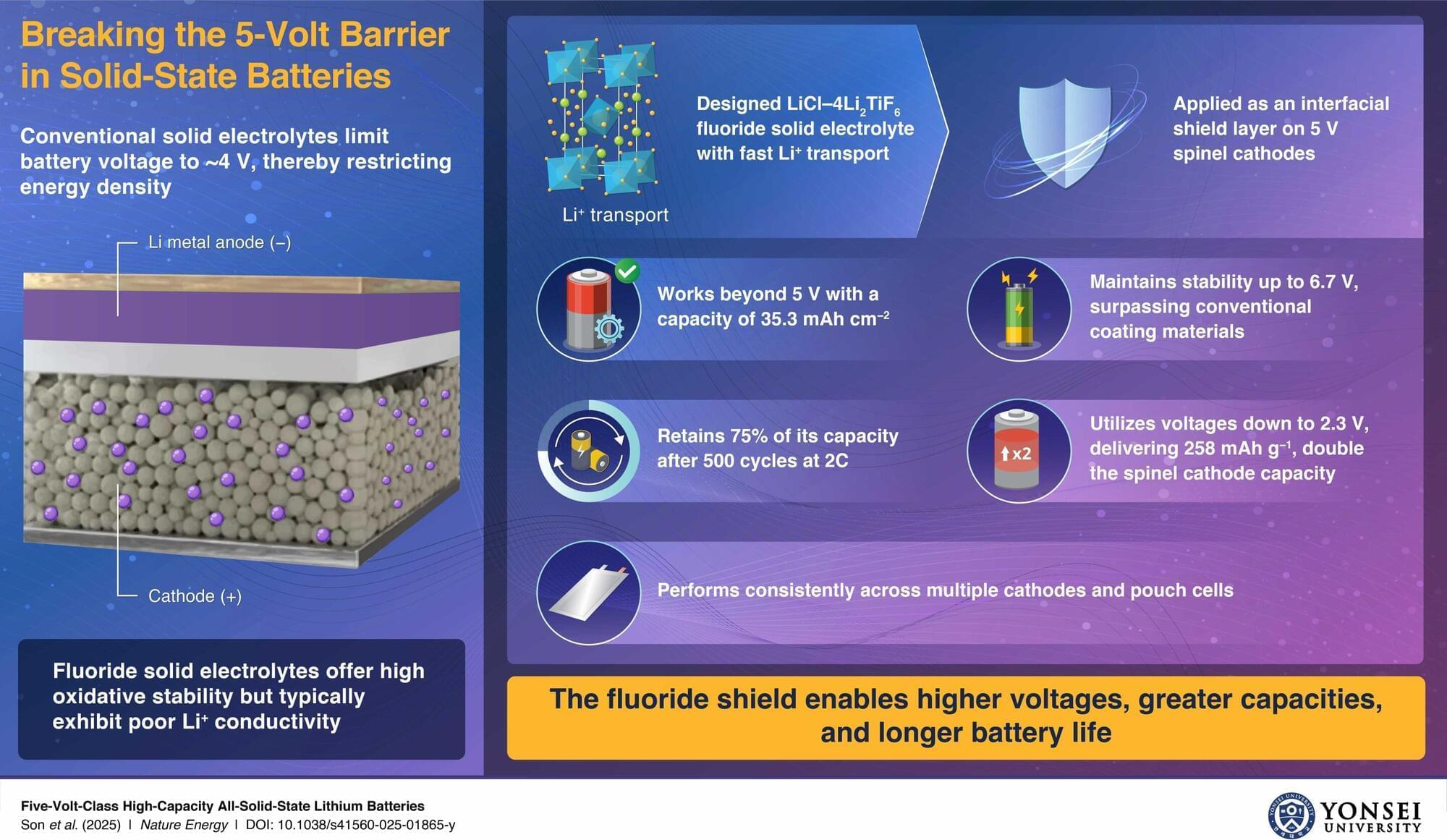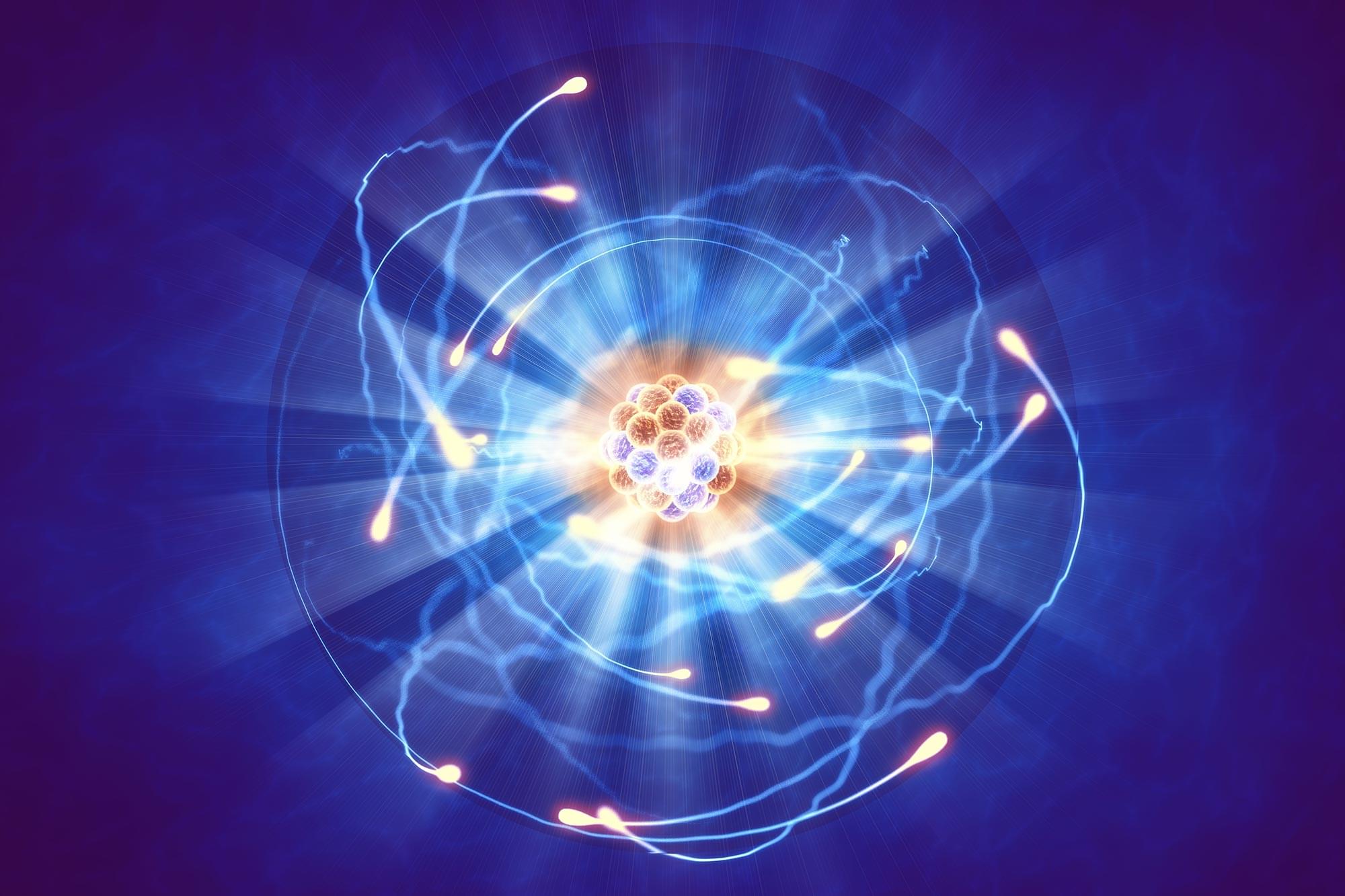As sure as the brain is prone to distraction, it can also return its focus to the task at hand. A new study in animals by scientists at the Picower Institute for Learning and Memory of MIT shows how that seems to happen: Coordinated neural activity in the form of a rotating brain wave puts thought back on track.
“The rotating waves act like herders that steer the cortex back to the correct computational path,” said study senior author Earl K. Miller, Picower Professor in the Picower Institute and MIT’s Department of Brain and Cognitive Sciences.
Picower Institute postdoc Tamal Batabyal is the lead author of the study published in the Journal of Cognitive Neuroscience.









